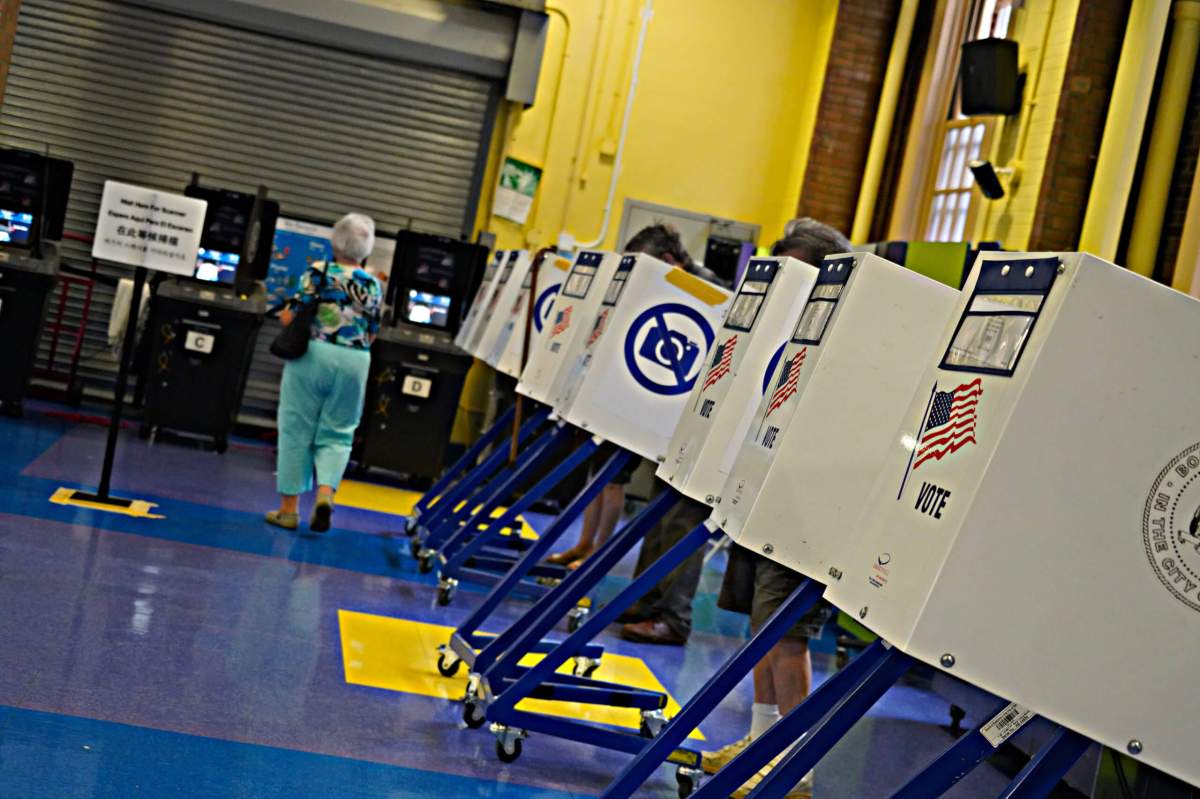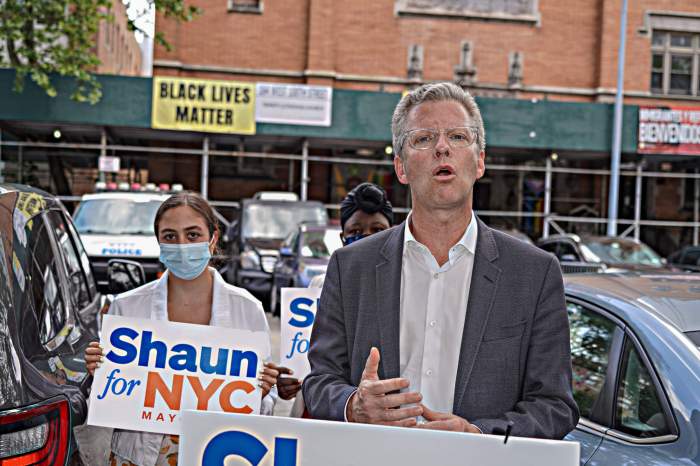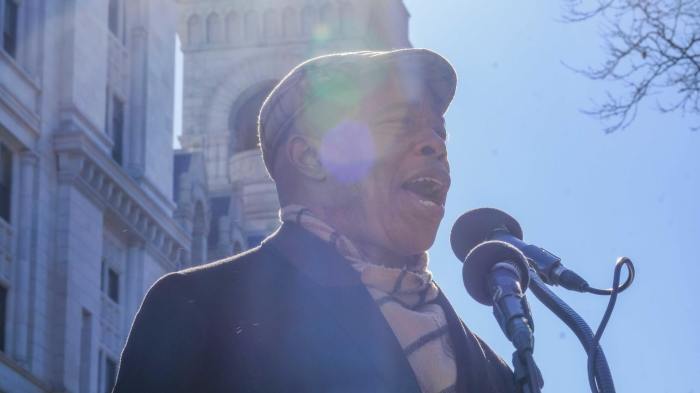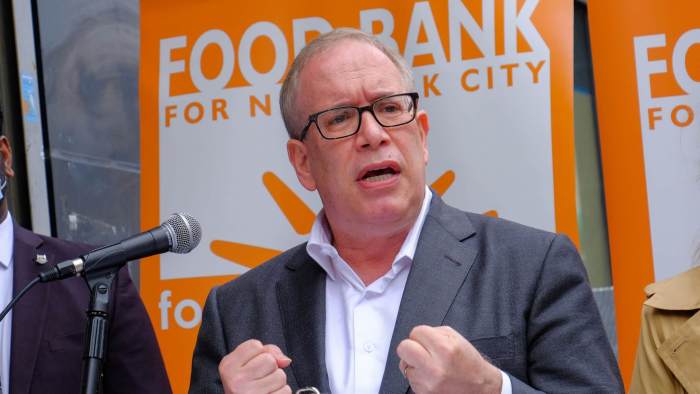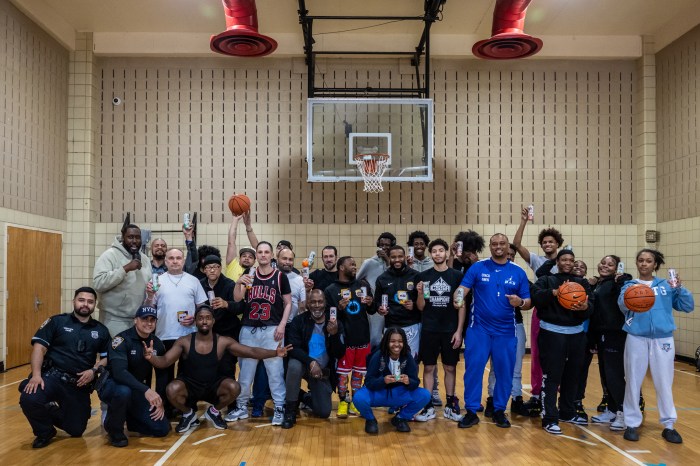The way Queens City Council Member I. Daneek Miller sees it, if ranked choice voting (RCV) is such an upgrade to the democratic process, then a larger portion of the city’s overall electorate should be asked to confirm its support with a do-over referendum in the November general election.
Miller made the statement Wednesday, a day after the first citywide primary using RCV, in support of legislation he introduced in May, Intro. 2326, to put the new voting system before voters again.
Miller’s new effort comes after questions arose in the run up to the June 22 primary that the new system could possibly disenfranchise more mainstream Black and Latino voters, who largely voted for Eric Adams for mayor.
Days before the primary, Andrew Yang had endorsed Kathryn Garcia to be his second choice, and after criticism from supporters of Adams, Maya Wiley issued a statement defending both RCV and the Yang-Garcia right to form an alliance.
But Miller believes the RCV system — in which voters get to choose multiple candidates for a city office, in order of preference — lends itself to “bad optics” that undermine the goal of creating a democracy for all.
“Let me add my voice to the chorus of those disappointed that the candidate who consistently polled as having the largest share of Black and Latino voters was attacked this weekend by a ranked choice voting alliance of three candidates with the largest share of White voters. At best, it was bad optics of a coalition of candidates who purport to believe that ranked choice voting might create a more inclusionary democracy,” said Miller, who also co-chairs the council’s Black, Latino and Asian Caucus (BLAC).
The RCV system was approved by voters in a November 2019 referendum, but just 10% of the city’s electorate had participated in it.
RCV allows for voters to rank up to five candidates per office in order of preference rather than voting for just one candidate. If a candidate receives more than 50% of the first-choice votes they are the winner. If no candidate earns more than 50% of the first-choice votes, then the votes will then be tallied in rounds.
At the conclusion of each round, the candidate with the fewest votes will be eliminated. If the eliminated candidate had been the first choice on a ballot, the vote then transfers to whoever was the second-choice on the ballot. The process continues until there are two candidates left. The candidate with the most votes is the winner.
However, in the June 22 primary, only the first-choice votes cast through early voting and on June 22 were tabulated — leaving the actual outcome of many of the city elections, including mayor and comptroller, in doubt until mid-July, after all lesser-choice votes are assessed and some 200,000 absentee ballots are counted.
“The Board of Elections is telling us that we are two weeks away from having a preliminary breakdown of final ranked voting results, adding to questions about the software being utilized to count the ballots, having been approved less than a month prior to implementation. New Yorkers deserve a chance to weigh in on whether they find this acceptable, and if ranked choice voting and the confusion it has spurred is eroding their confidence in our democracy,” said Miller.
When Miller first introduced the legislation, it received pushback from several City council Candidates, who argued it would be undemocratic to put the matter to a referendum again.
But Miller emphasized the new referendum will not alter the results of this week’s primary, but will provide voters of this city with the opportunity they are owed to select their own electoral process during a “on year” for municipal elections.
“This country has recently witnessed what happens when the integrity of our elections are called into question, and it is vital that the government remains as responsive as possible to the demands of the public to ensure the highest confidence in our electoral process,” he said.



